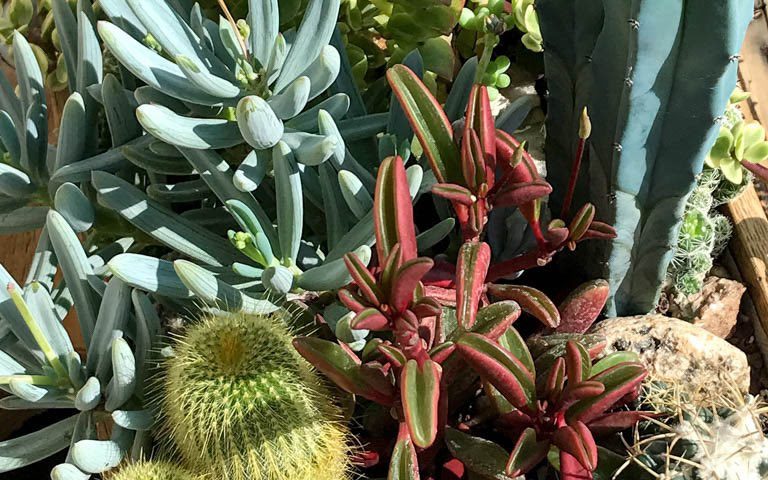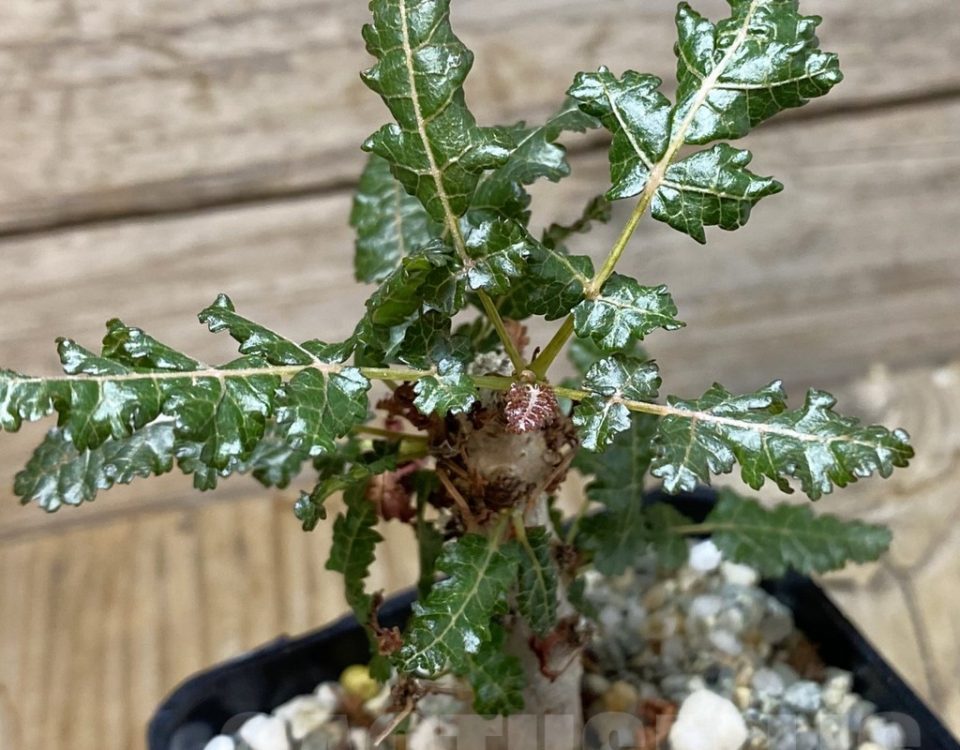
Another interview from our Greenhouse
August 23, 2021
Lithops
August 2, 2023Every year, the children gift their teacher a beautiful bouquet of flowers, which ends up in the trash after 2-3 days…
Now imagine if all children started gifting potted flowers – various kinds of flowers. Afterwards, the teacher would place them on the classroom windowsills, and all the children would care for them alongside her.
In this case, the most appropriate choice is thornless cacti and succulents. Why? In modern schools, natural elements are becoming increasingly important in creating a healthy and stimulating learning environment. Among these natural elements, cacti and succulents hold a particularly special place. These plants not only add coziness and beauty to classrooms but also help students learn important lessons about biology and the environment.
Cacti and succulents are exceptionally resilient plants that can survive with minimal water. They are examples of adaptation to harsh conditions and can teach students important lessons about the significance of biodiversity and evolution. On a small windowsill, a collection of over 100 species can be gathered from South and North America, Madagascar, and Africa.
Maintaining cacti and succulents in school doesn’t require much effort or resources. They need light and moderate watering and usually adapt well to classroom conditions. This makes them suitable for a school environment where time and resources for plant care are often limited.
Moreover, succulents and cacti can be incorporated into various educational projects. Students can keep plant journals, study the physiology of succulents, or even participate in art projects related to the plants. They can be a useful tool for fostering students’ interest in science and nature. They teach children to be patient, to wait for the growth and blooming of the plants. Cacti and succulents bloom in the spring – from February to March and continue until the end of October. Thus, by the end of the school year, the windowsills will look like a beautiful flower garden.
During the summer months, they require minimal watering – about twice a month – which greatly simplifies their care.
In conclusion, cacti and succulents not only have aesthetic value but also offer a unique educational opportunity in school. With their help, students can learn important lessons about nature, science, and the world around them, while simultaneously enjoying the beautiful and interesting plants in their school environment. On top of that, the shared care for the plants will strengthen friendships among children.
Building a collection of cacti and succulents can introduce children to new cultures, reveal the mysteries of the natural world, and even inspire them to pursue careers in fields like microbiology and bionics.
Aren’t these great reasons to try and change a tradition and make it better and more beautiful?




